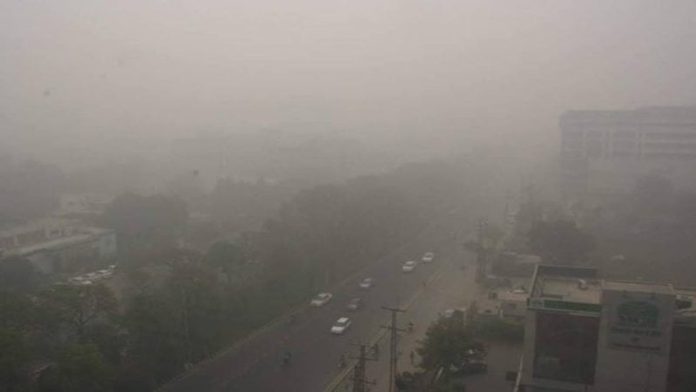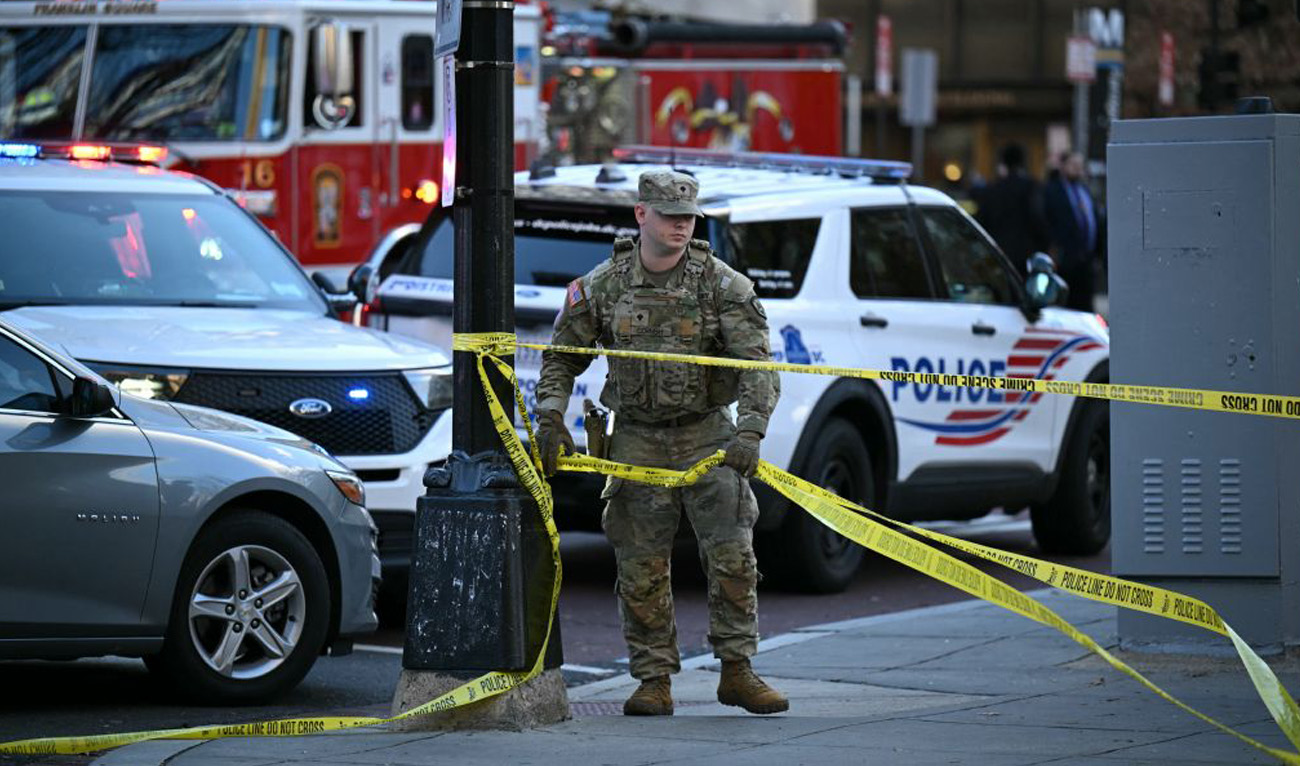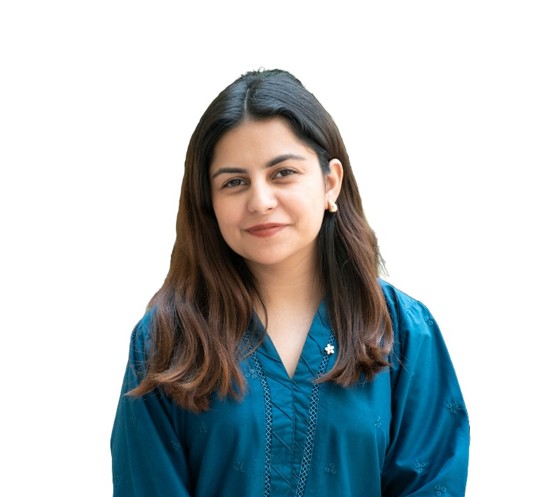
File Photo: Smog seen in Lahore (Associated Press of Pakistan)
ISLAMABAD: A severe winter smog wave blanketing major Pakistani cities has pushed air quality into the hazardous range, sparking a surge in demand for home air purifiers as families try to protect themselves from toxic particulate pollution.
The National Disaster Management Authority (NDMA) warned that this year’s smog should be treated as a “public health threat,” urging households to adopt indoor air-filtration measures as part of a layered protection strategy.
The National Institute of Health has cautioned that hazardous smog spells will continue across eastern Punjab, including Lahore, Faisalabad, and Multan.
Indoor filtration gains urgency
Pakistan’s recurring winter smog is driven by extreme concentrations of fine particulate matter, known as PM2.5. Pollution particularly harmful to children, older adults, and people with respiratory conditions.
Health experts note that high-grade air purifiers equipped with True HEPA H13 or H14 filters can remove 99.97% of particles as small as 0.3 microns, effectively capturing the pollutants dominating the seasonal haze. Units with activated carbon filters also help absorb gases and volatile organic compounds emitted from traffic and industry.
In its 2025 advisory, the NDMA recommended using air purifiers in frequently occupied rooms, sealing windows, avoiding non-essential travel, and wearing N95 or KN95 masks outdoors.
For many families, the difference indoors is immediate. Ayesha Ali, a Lahore resident and asthma patient, said she relies on filtration technology to safeguard her household.
“I use Xiaomi, it’s better than Philips in many ways because of the micro pollutants it absorbs,” she told Pakistan TV Digital. “The HEPA filter and price make it the best for a bedroom.”
She added that filter duration depends on use: “Generally it is six months, but mine has stayed longer than that. I check it through my in-app status.”
The NDMA also suggested a low-cost alternative: natural air-purifying indoor plants, such as snake plants or spider plants, to improve indoor air quality. While not a replacement for HEPA filtration, they provide additional relief for families unable to afford high-end purifiers.
Understanding HEPA compliance
HEPA compliance requires a filter to meet a legally defined standard for high-efficiency particulate air filtration. A true HEPA filter must remove at least 99.97% of airborne particles measuring 0.3 microns, the Most Penetrating Particle Size (MPPS), considered the hardest for filters to trap. HEPA filters often perform even better at capturing particles both larger and smaller than this threshold due to diffusion and interception mechanisms.
Cost pressures widen the market divide
Despite growing demand, affordability remains a significant barrier. Effective HEPA H13 models often start at Rs45,000 ($159), putting them out of reach for many low-income families. Since a single purifier typically covers only one room, larger households face steep cumulative costs.
Local manufacturers, including Royal Fans, GFC, Canon, and ZebSol, offer HEPA-compliant devices priced between Rs35,000 ($124) and Rs70,000 ($248). International brands such as Philips, Xiaomi, and Dyson range from Rs37,000 ($131) for basic units to Rs275,000 ($973) for high-end models.
Maintenance adds another layer of cost. Most HEPA filters need replacement every six to twelve months, at Rs15,000–Rs30,000 ($53–$106). Heavier pollution in cities like Lahore and Islamabad accelerates filter clogging, pushing annual upkeep to Rs12,000–Rs30,000 ($42–$106).
Umman Waseem, a Lahore resident, said performance concerns often steer buyers toward international brands. “We had to save up and order a Dyson air purifier from my wife’s friend who was travelling back from the UK because I wasn’t satisfied with the local alternatives available,” he said.
Public awareness grows
The worsening smog has increased public attention on indoor air quality, particularly among parents and those with chronic respiratory illnesses. Government advisories emphasize indoor precautions, outdoor protective measures, and long-term initiatives such as emissions control, stronger air-quality monitoring, and seasonal preparedness.
For many urban households, air purifiers have shifted from discretionary luxuries to essential equipment. A cost increasingly viewed as unavoidable during Pakistan’s peak smog season.
Latest News
Pakistan honors outgoing top military official after four decades’ service
26 MINUTES AGO

Drone strike hits Iraq gas complex, cuts supply: official
AN HOUR AGO

Two National Guard soldiers shot near White House, suspect in custody
4 HOURS AGO

Hong Kong high-rise fire kills at least 44, still burning
4 HOURS AGO
.jpg)
NASA confirms support for delayed European Mars rover: ESA
6 HOURS AGO

